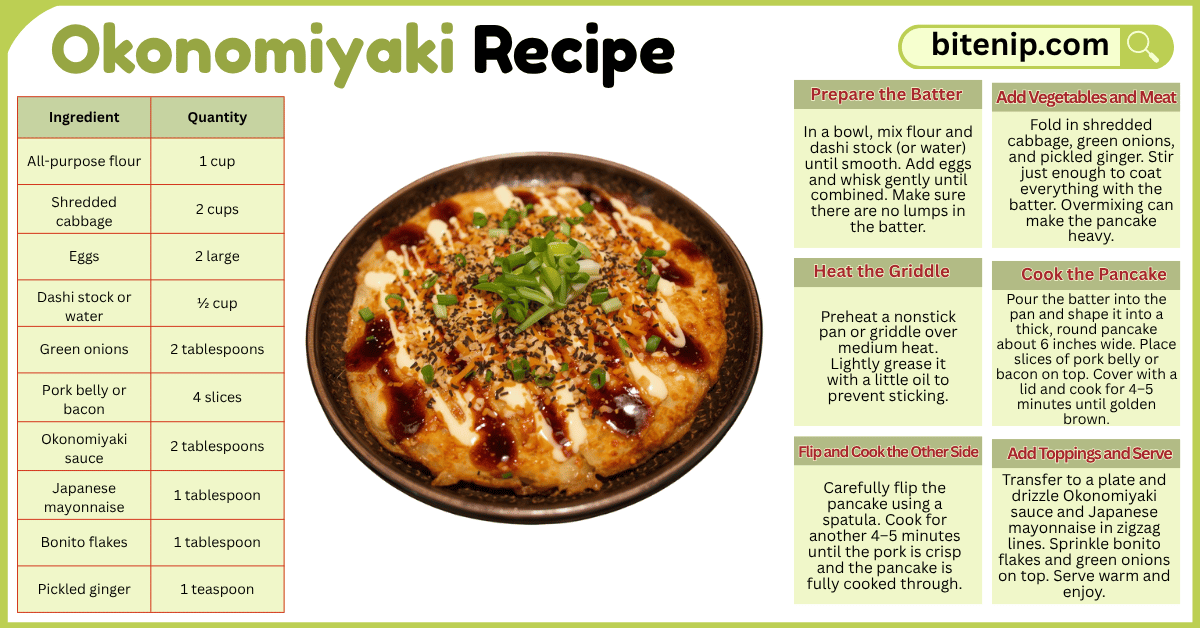Okonomiyaki Recipe is a savory Japanese pancake loved for its rich flavors, crispy edges, and soft, fluffy center. It combines shredded cabbage, eggs, flour, and a variety of toppings that create a delicious and comforting meal. This dish perfectly balances taste and texture, making it a favorite street food and home-cooked meal across Japan. The best part? You can customize it with your favorite ingredients—meat, seafood, or even vegetables—to make it your own.
Origin of Okonomiyaki
The word Okonomiyaki comes from “okonomi,” meaning “as you like,” and “yaki,” meaning “grilled.” It originated in Japan before World War II and became popular in Osaka and Hiroshima. Each region developed its unique version: Osaka-style mixes all ingredients together, while Hiroshima-style layers them. Over time, it became a symbol of comfort food, often cooked at home or enjoyed in special teppanyaki restaurants where it’s prepared right on the hot griddle in front of you.
Ingredients of Okonomiyaki Recipe with pictures
- All-purpose flour
The base ingredient that forms the pancake structure and holds everything together.
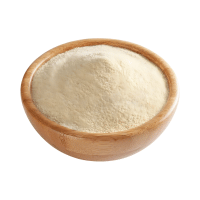
- Cabbage
Adds crunch, sweetness, and volume while keeping the pancake light.
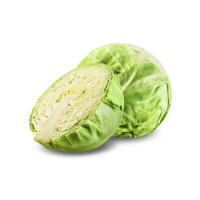
- Eggs
Help bind the ingredients and provide richness and a fluffy texture.

- Dashi stock or water
Brings umami flavor, giving depth to the batter.
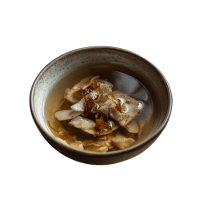
- Green onions
Add a mild onion flavor and freshness.
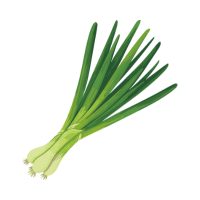
- Pork belly or bacon
Adds a savory, crispy layer and richness.
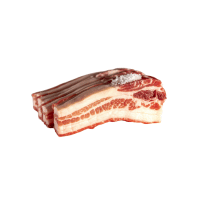
- Okonomiyaki sauce
A sweet and tangy sauce that enhances the overall flavor.

- Japanese mayonnaise
Adds creaminess and a slight tang to balance flavors.
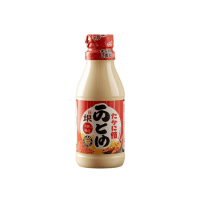
- Bonito flakes (Katsuobushi)
Give a smoky, umami-rich finish.
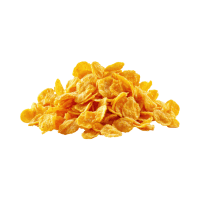
- Pickled ginger (Beni shoga)
Adds a hint of sharpness that cuts through the richness.
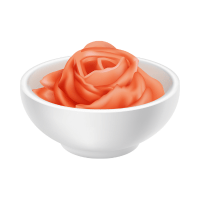
Ingredients with Quantities
| Ingredient | Quantity |
|---|---|
| All-purpose flour | 1 cup |
| Shredded cabbage | 2 cups |
| Eggs | 2 large |
| Dashi stock or water | ½ cup |
| Green onions (chopped) | 2 tablespoons |
| Pork belly or bacon | 4 slices |
| Okonomiyaki sauce | 2 tablespoons |
| Japanese mayonnaise | 1 tablespoon |
| Bonito flakes | 1 tablespoon |
| Pickled ginger | 1 teaspoon |
Step by Step Okonomiyaki Recipe
Step 1: Prepare the Batter
In a bowl, mix flour and dashi stock (or water) until smooth. Add eggs and whisk gently until combined. Make sure there are no lumps in the batter.
Step 2: Add Vegetables and Meat
Fold in shredded cabbage, green onions, and pickled ginger. Stir just enough to coat everything with the batter. Overmixing can make the pancake heavy.
Step 3: Heat the Griddle
Preheat a nonstick pan or griddle over medium heat. Lightly grease it with a little oil to prevent sticking.
Step 4: Cook the Pancake
Pour the batter into the pan and shape it into a thick, round pancake about 6 inches wide. Place slices of pork belly or bacon on top. Cover with a lid and cook for 4–5 minutes until golden brown.
Step 5: Flip and Cook the Other Side
Carefully flip the pancake using a spatula. Cook for another 4–5 minutes until the pork is crisp and the pancake is fully cooked through.
Step 6: Add Toppings and Serve
Transfer to a plate and drizzle Okonomiyaki sauce and Japanese mayonnaise in zigzag lines. Sprinkle bonito flakes and green onions on top. Serve warm and enjoy.
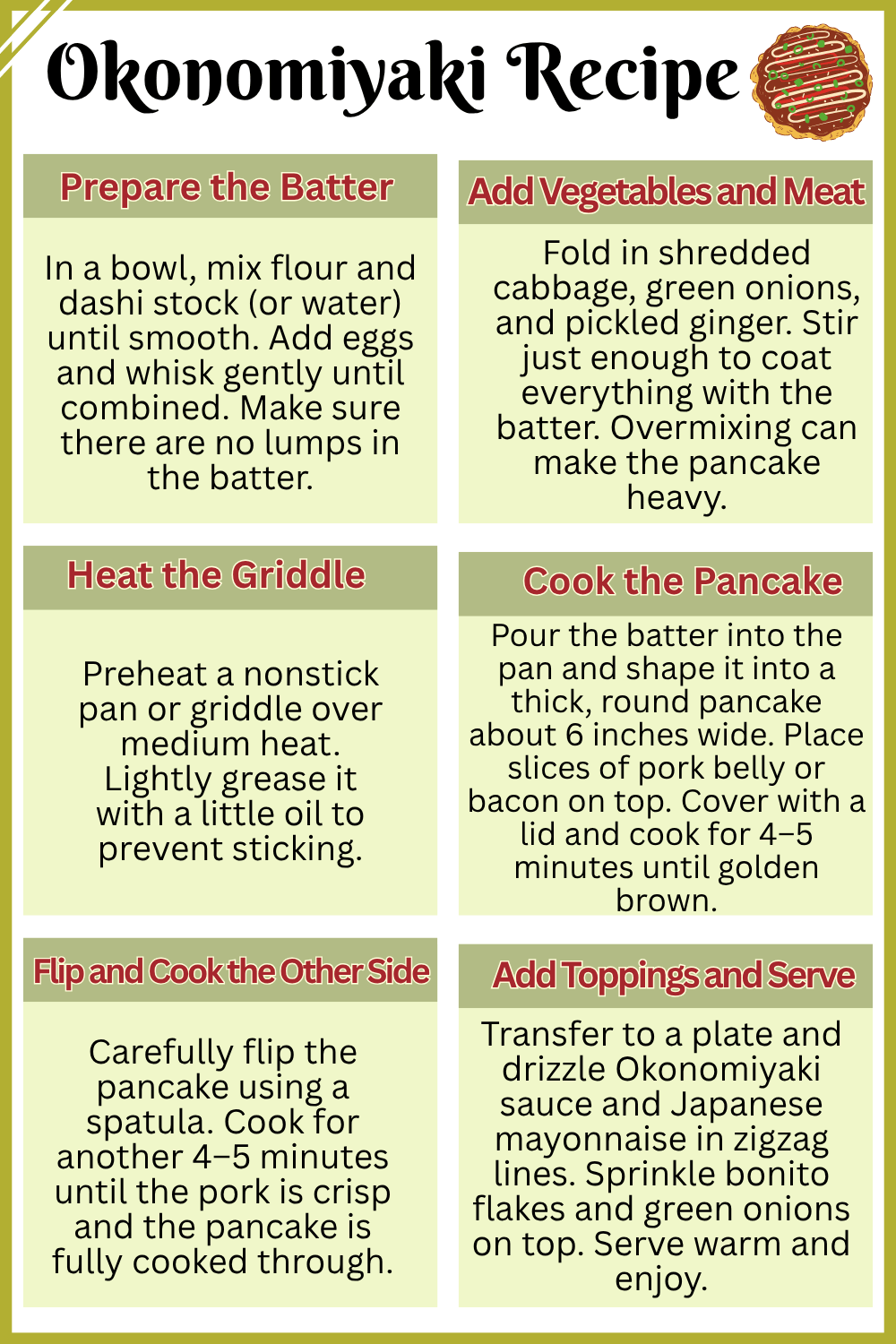
Common Mistakes to Avoid
Overmixing the Batter: Too much stirring makes the pancake dense. Gently fold ingredients instead.
Cooking at High Heat: Cooking too fast can burn the outside while leaving the center raw. Keep the heat medium for even cooking.
Adding Too Much Filling: While tempting, excess cabbage or toppings can prevent proper cooking. Maintain a balanced ratio.
Skipping Rest Time: Letting the batter rest for 5–10 minutes improves texture by hydrating the flour fully.
Tips for Perfect Okonomiyaki Recipe
Use Fresh Cabbage: Fresh, crisp cabbage gives better crunch and sweetness. Avoid soggy or wilted leaves.
Control the Size: A medium-sized pancake cooks evenly and is easier to flip without breaking.
Cook Covered: Covering the pan traps steam, ensuring the inside cooks thoroughly while keeping it moist.
Add Toppings Right Before Serving: Toppings like bonito flakes move with heat—serve immediately for the best presentation.
Popular Variations of Okonomiyaki Recipe
Hiroshima-Style Okonomiyaki: Layers the batter, cabbage, noodles, and pork separately instead of mixing them together.
Seafood Okonomiyaki: Uses shrimp, squid, or octopus for a briny twist.
Cheese Okonomiyaki: Adds melted cheese inside for a creamy and rich flavor.
Vegetarian Version: Replaces meat with mushrooms or tofu and uses vegetable broth instead of dashi.
Serving Suggestions
Okonomiyaki is best served hot, directly from the griddle to the plate. Pair it with miso soup or a light cucumber salad for balance. It also tastes great with a side of steamed rice or cold green tea. In Japan, it’s often enjoyed with friends around a hotplate, making it a social and fun meal to share.
Nutritional Information (Per Serving)
| Nutrient | Amount |
|---|---|
| Calories | 380 kcal |
| Protein | 18 g |
| Carbohydrates | 25 g |
| Fat | 22 g |
| Fiber | 3 g |
| Sodium | 650 mg |
Why People Love Okonomiyaki ?
People love Okonomiyaki because it’s flavorful, customizable, and satisfying. It blends umami-rich ingredients with a comforting texture that feels like a warm hug in food form. The mix of crispy and soft layers, along with the signature sauce, creates an unforgettable taste experience. Plus, its interactive cooking style makes it more than a meal—it’s an enjoyable activity.
Benefits of Okonomiyaki Recipe
1. Balanced Nutrition:
Okonomiyaki offers a good balance of carbohydrates, proteins, and fats. The flour provides energy, while the eggs and meat or seafood add high-quality protein essential for muscle growth and repair.
2. Rich in Vegetables:
Cabbage, the main ingredient, is packed with fiber, vitamin C, and antioxidants. It supports digestion, boosts immunity, and adds a satisfying crunch without many calories.
3. Customizable and Versatile:
One of its biggest strengths is flexibility. You can make it vegetarian, seafood-based, or even gluten-free. This adaptability makes it suitable for many dietary preferences.
4. High in Umami Flavor:
Thanks to dashi, bonito flakes, and Okonomiyaki sauce, this dish is naturally rich in umami. It satisfies taste buds without relying on excessive salt or artificial flavoring.
5. Filling and Comforting:
Because of its soft interior and crispy texture, Okonomiyaki feels indulgent yet homey. It’s a great meal for sharing, bringing a sense of comfort and warmth to gatherings.
6. Quick to Prepare:
It doesn’t require complex ingredients or long preparation time. With basic pantry staples and fresh cabbage, you can cook a restaurant-style meal at home in under 30 minutes.
Disadvantages of Okonomiyaki Recipe
1. High in Sodium:
The sauces and condiments used—like Okonomiyaki sauce and mayonnaise—contain a lot of sodium. Consuming it too often may contribute to high blood pressure or water retention.
2. Calorie-Dense:
Although balanced, the dish can be quite heavy, especially when topped with mayonnaise, pork belly, or cheese. For those watching calories, portion control is important.
3. Potentially High in Fat:
Depending on how it’s cooked, the amount of oil and fatty meats used can make it greasy. Choosing leaner protein or reducing oil helps make it lighter.
4. Contains Gluten:
Traditional Okonomiyaki uses wheat flour, which isn’t suitable for people with gluten intolerance or celiac disease. However, gluten-free flour alternatives can be used.
5. Not Ideal for Low-Carb Diets:
The combination of flour and sauces adds carbohydrates, which might not fit into a strict low-carb or keto plan.
6. Can Be Addictive:
Its flavorful mix of sweetness, saltiness, and savory depth makes it hard to resist. Overeating, however, can easily add up in calories and fat intake.
FAQs
1. Can I make Okonomiyaki without pork?
Yes, you can use shrimp, tofu, or even just vegetables as a substitute.
2. What can I use instead of Okonomiyaki sauce?
Mix Worcestershire sauce, ketchup, and soy sauce for a similar flavor.
3. Can I make it ahead of time?
You can prepare the batter early, but cook it fresh for the best texture.
4. Is Okonomiyaki gluten-free?
Not usually, but you can use rice flour or gluten-free flour blends.
5. Can I store leftovers?
Yes, store them in the refrigerator for up to two days and reheat in a pan.
6. What type of pan should I use?
A nonstick pan or flat griddle works best for even browning.
7. Can I freeze Okonomiyaki?
Yes, wrap it tightly and freeze for up to one month. Reheat before serving.
8. What does Okonomiyaki taste like?
It tastes savory, slightly sweet, and rich, with layers of umami flavor.
9. Why do bonito flakes move?
They react to heat and steam, appearing to “dance” due to their thinness.
10. Is Okonomiyaki healthy?
In moderation, yes. It provides nutrients from eggs and cabbage but should be balanced with lighter meals.

Conclusion
Okonomiyaki is more than just a Japanese pancake—it’s a dish that brings people together. With its simple ingredients and bold flavors, it captures the essence of Japanese comfort food. Whether you make it traditional or add your twist, every bite delivers warmth, satisfaction, and creativity. Perfect for family dinners or casual get-togethers, Okonomiyaki proves that good food is always meant to be shared.
